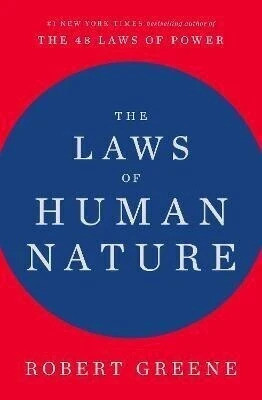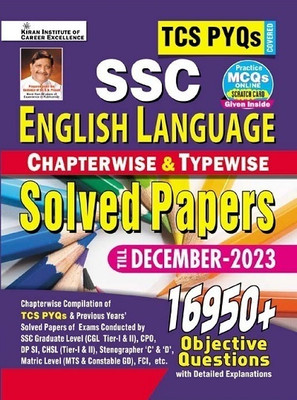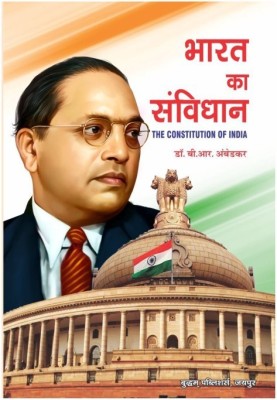
Get notified when this item comes back in stock.
Electrical Machines-II for SPPU 19 Course (TE - SEM V - ELECTRICAL- 303142) (Paperback, U. A. Bakshi, M. V. Bakshi, Dr. Mahadev G. Unde)
Share
Electrical Machines-II for SPPU 19 Course (TE - SEM V - ELECTRICAL- 303142) (Paperback, U. A. Bakshi, M. V. Bakshi, Dr. Mahadev G. Unde)
Be the first to Review this product
Special price
₹395
Sold Out
This item is currently out of stock
Highlights
- Binding: Paperback
- Publisher: Technical Publications
- ISBN: 9789390770472
- Edition: SECOND, 2023
- Pages: 332
Seller
Description
Unit 1 Three phase Synchronous machines Three phase Synchronous machines : Construction, rotating-field type and rotating-armature type, salient-pole and non-salient-pole type and their comparison. Excitation Methods. Three phase Synchronous generator (cylindrical rotor type) : Principle of operation. Emf equation and winding factors (No derivation), rating of generator. Generator on no-load and on balanced load. Armature reaction and its effect under different load power factors. Voltage drop due to armature resistance, leakage flux and synchronous reactance. Per phase equivalent circuit and Phasor diagram. Power - power angle relation. Three phase Synchronous generator (salient pole type) : Armature reaction as per Blondel’s two reaction theory for salient-pole machines, Direct-axis and quadrature-axis synchronous reactance’s and their determination by slip test. Phasor diagram of salient-pole generator and calculation of voltage regulation. (Chapter - 1) Unit 2 Voltage regulation of Three phase Synchronous generator Performance of open circuit and short circuit test on synchronous generator, determination of voltage regulation by emf, mmf, and Potier triangle methods. Determination of voltage regulation by direct loading. Short circuit ratio. Parallel operation of 3-phase alternators : Necessity, conditions, Load sharing between two alternators in parallel (Descriptive treatment only). Process of synchronizing alternator with infinite bus-bar by lamp method (one dark & two equally bright lamp method) and by the use of synchroscope, Synchronizing current, power and torque (no numerical). (Chapter - 2) Unit 3 Three phase synchronous motor Principle of operation. Methods of starting. Equivalent circuit, significance of torque angle, Losses, efficiency and Power flow chart. Operation of 3-phase Synchronous motor with constant load and variable excitation (‘V’ curves and ‘inverted V’ curves). Phenomenon of hunting and its remedies. Applications of 3-phase synchronous motors. Comparison of 3 phase synchronous motor with 3-phase induction motor. (Chapter - 3) Unit 4 3-ph induction motor, Induction generator and special purpose motors Speed control of three phase induction motor by various methods (Stator side and rotor side controls). Action of 3-phase induction motor as induction generator, applications of induction generator. Introduction to Energy Efficient three phase Induction Motor and Super Conducting Generator. Special Purpose Motors : Construction, principle of working, characteristics, ratings and applications of Brush less D.C. motors, Stepper motors (permanent magnet and variable reluctance type only), Permanent Magnet motor (A.C. & D.C.). (Chapter - 4) Unit 5 A.C. series motor Operation of D.C. series motor on a.c. supply, nature of torque developed, problems associated with AC. operation and remedies. Compensated series motor : Compensating winding, conductively and inductively compensated motor. Approximate phasor diagram. Use of compoles for improving commutation. Ratings and applications of Compensated Series motors. Universal motors : Ratings, performance and applications, comparison of their performance on A.C. and D.C. supply. (Chapter - 5) Unit 6 Single phase induction motor Construction of single phase induction motor, double field revolving theory. Equivalent circuit and torque-slip characteristics on the basis of double revolving field theory. Tests to determine the parameters of equivalent circuit and calculation of performance characteristics of motor. Methods of self-starting. Types of single phase induction motors : Split-phase motors (Resistor split-phase motor, Capacitor-start motor, Capacitor start and capacitor run motor and permanent capacitor motor). Comparison of 1-phase induction motor with 3-phase induction motor. (Chapter - 6)
Read More
Specifications
Book Details
| Publication Year |
|
University Books Details
| Stream |
|
| Degree/Diploma |
|
Be the first to ask about this product
Safe and Secure Payments.Easy returns.100% Authentic products.
Back to top






